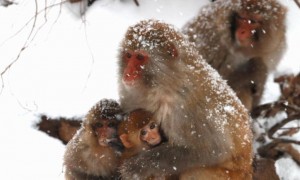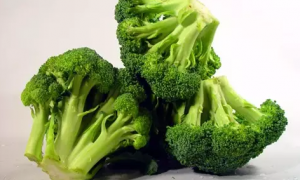An old saw has it that there is nothing new under the sun. But it may still come as a surprise that human beings are not alone in having invented vaccination. Work just published in the Journal of Experimental Biology by Gyan Harwood of the University of Illinois, Urbana-Champaign, confirms that honeybees got there first. It also suggests that they run what look like the equivalent of prime-boost childhood vaccination programmes.
有句古谚说,太阳底下无新事。然而,“人类并不是唯一发明疫苗的物种”这一点仍让人震惊。来自伊利诺伊大学厄巴纳-香槟分校的吉安·哈伍德在《实验生物学杂志》上发表的研究证实,蜜蜂是最先发明疫苗的物种。研究还表明,他们在实施类似于加强儿童免疫的疫苗接种计划。
Being gregarious, honeybees are at constant risk of diseases sweeping through their hives. Most animals which live in crowded conditions have particularly robust immune systems, so it long puzzled entomologists that honeybees do not. Indeed, they actually possess fewer immune-related genes than most solitary bees.
由于是群居,所以蜜蜂经常面临疾病横扫蜂巢的风险。大多数生活在拥挤环境中的动物都有特别强大的免疫系统,而蜜蜂却没有,这一问题一直困扰着昆虫学家。事实上,它们的免疫相关基因比大多数独居的蜜蜂都要少。

Part of the answer, discovered in 2015, is that queen bees vaccinate their eggs by transferring into them, before they are laid, fragments of proteins from diseasecausing pathogens. These act as antigens which trigger the development of a protective immune response in the developing young. But that observation raises the question of how the queen receives her antigen supply in the first place, for she subsists purely on royal jelly, a substance secreted by worker bees which are at the stage of their lives (which precedes the period that they spend flying around foraging for nectar and pollen) when they act as nurses to larvae. Dr Harwood therefore wondered if the nurses were incorporating into the royal jelly they were producing, fragments from pathogens they had consumed while eating the victuals brought to the hive by the foragers.
2015年给出的部分答案是,蜂王在产卵前将致病病原体的蛋白质片段转移到卵中,从而为卵接种疫苗。这些抗体作为抗原,会在发育中的年轻蜜蜂中引发保护性免疫反应。但这一观察结果有一个问题:首先,蚁后是如何获得抗原的,因为蚁后只靠蜂王浆生存,蜂王浆是工蜂处于哺育幼蜂的生命阶段时(在它们四处飞行寻找花蜜和花粉之前)分泌的一种物质。于是哈伍德博士想,当这些保育蜂在吃觅食者带到蜂巢的食物时,它们是否将自己生产的蜂王浆和食用的病原体碎片融合到了一起。
To test this idea, he teamed up with a group at the University of Helsinki, in Finland, led by Heli Salmela. Together, they collected about 150 nurse bees and divided them among six queenless mini hives equipped with broods of larvae to look after. Instead of nectar, they fed the nurses on sugar-water, and for three of the hives they laced this syrup with Paenibacillus larvae, a bacterium that causes a hive-killing disease called American foulbrood.
为了验证这个想法,他和芬兰赫尔辛基大学的海利·萨尔梅拉领导的团队进行了合作。他们一起收集了大约150只保育蜂,并将它们分到了6个没有蜂后的迷你蜂巢里,里面有一窝需要照顾的幼蜂。他们用糖水代替花蜜喂养这些保育蜂,并在其中三个蜂巢的糖水中加入了幼虫芽孢杆菌,这种细菌会导致一种能够杀死蜂巢的疾病,叫做美洲幼虫病。







